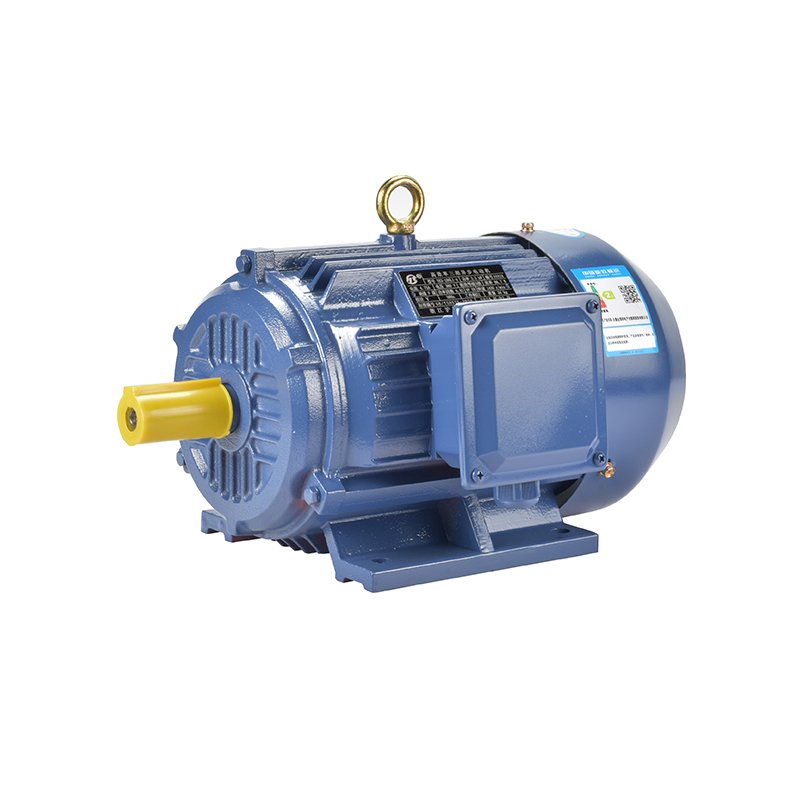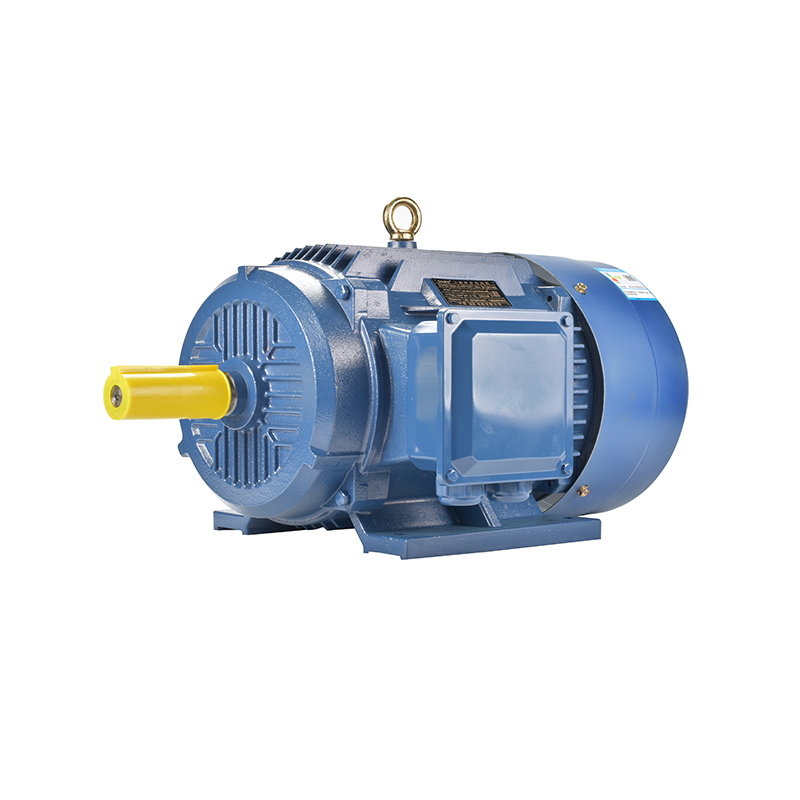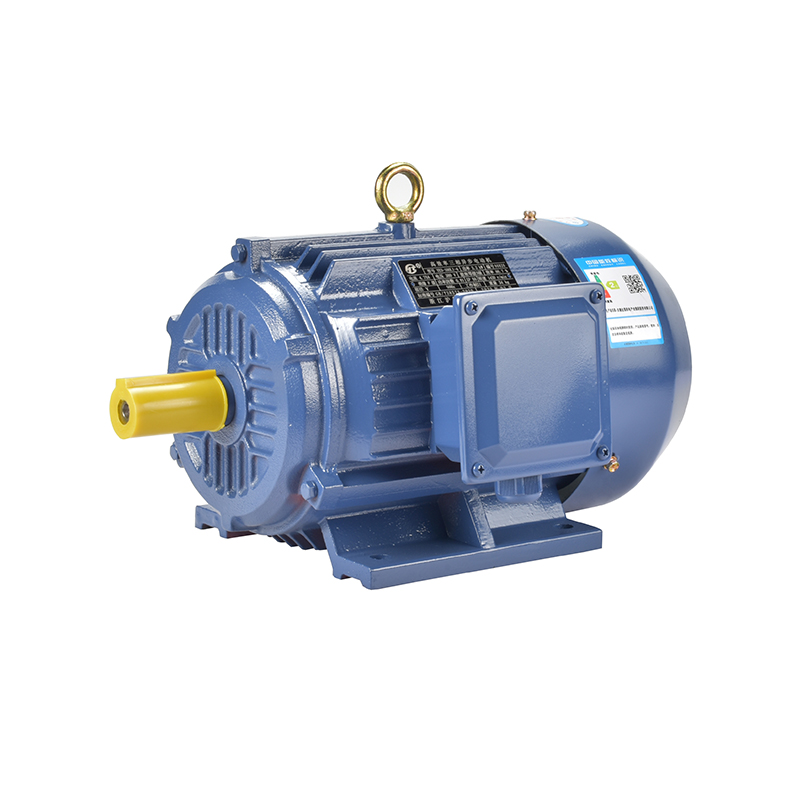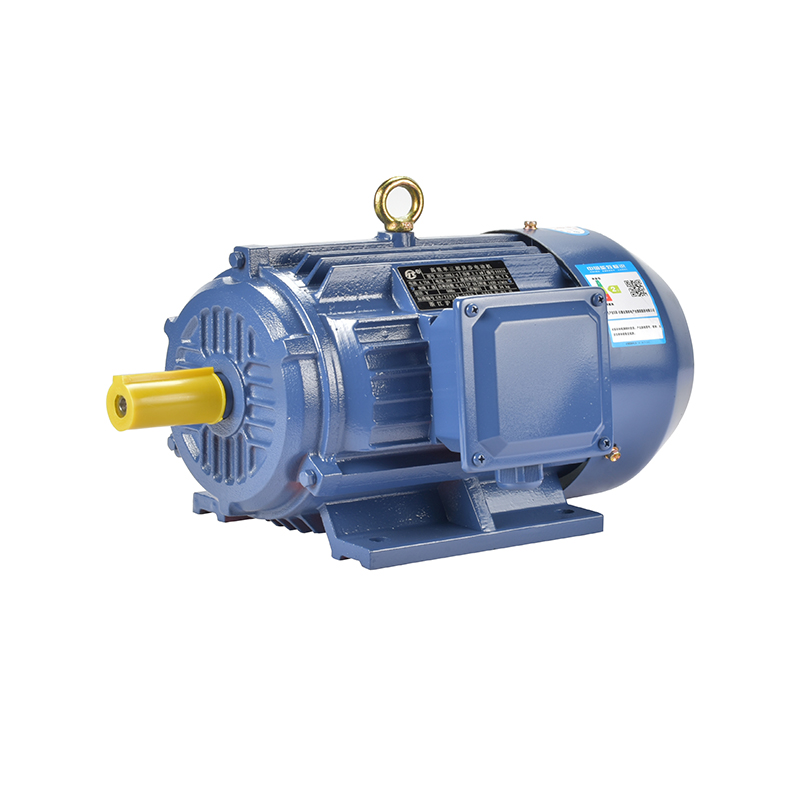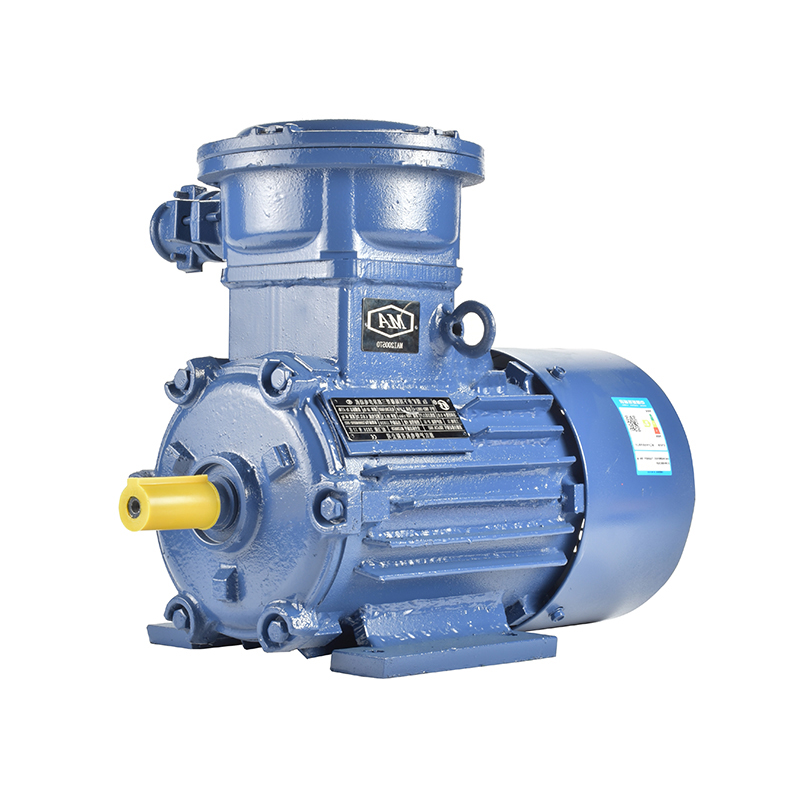Insights From Client Projects Using Fan Motors
Fan motors are essential components in many industrial and commercial applications. Over the years, our company has worked closely with various clients who rely on different types of electric motor motor to power their fans efficiently and reliably. These projects provide valuable insights into how specific motor technologies perform in real-world conditions and help improve motor design and application strategies.
One common type of motor used in fan applications is the 3 phase AC electric motor. These motors are appreciated for their robustness and ability to handle continuous operation under varying loads. In several client projects involving industrial ventilation systems, 3 phase AC electric motors proved to be a reliable choice, offering steady torque and consistent speed control. For instance, in a large-scale warehouse cooling system, clients reported stable performance even during peak operation hours, highlighting the motor’s capability to meet demanding environmental conditions.
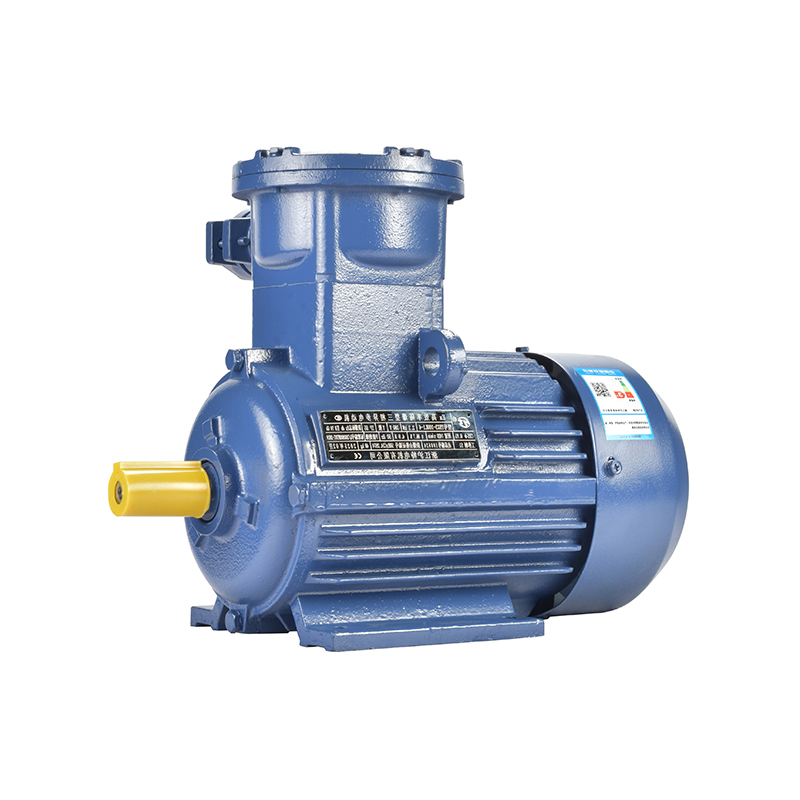
An important feature often emphasized in fan motor applications is energy efficiency. Some projects incorporated the use of permanently excited synchronous motors (PESM) as an alternative to traditional induction motors. PESMs offer certain advantages in terms of efficiency and speed control, which can be particularly beneficial in variable-speed fan systems. A client involved in HVAC system upgrades shared that switching to a permanently excited synchronous motor helped achieve better control over airflow rates without significantly increasing energy consumption. This type of motor allows for more precise speed regulation, which can translate into operational cost savings over time.
In addition to motor type selection, understanding the operating environment plays a critical role in choosing the right electric motor for a fan. For example, one client operating a wastewater treatment plant required fan motors that could withstand high humidity and occasional exposure to corrosive gases. For this project, motors with special protective coatings and appropriate enclosure ratings were selected to ensure durability. The use of a 3 phase AC electric motor with an IP55 enclosure proved effective in providing protection against dust and water ingress, extending the motor’s service life in harsh conditions.
Noise level is another factor frequently addressed in client projects. Industrial fans can produce significant sound levels, which can affect both worker comfort and compliance with local regulations. Some clients opted for fan motors designed with vibration damping features and improved rotor balancing techniques. One project involving fans for a large manufacturing facility demonstrated that reducing vibration in the electric motor not only lowered noise levels but also reduced maintenance needs by less wear on bearings and other components.
Throughout these projects, the collaboration between motor suppliers and end-users was essential for successful outcomes. Tailoring motor specifications to match the fan’s design and operational requirements helped optimize overall system performance. For example, in a client project involving a multi-speed fan system, adjustments to the winding design and motor frame size allowed for smoother transitions between different speeds, enhancing the equipment’s flexibility.
Moreover, feedback from clients highlighted the importance of comprehensive motor testing before full deployment. Testing under simulated operational conditions revealed potential issues such as overheating or inadequate torque at certain speeds. Addressing these early in the project phase helped avoid costly downtime later. For fans used in environments with fluctuating loads, selecting a motor with a wider operating range and stable performance characteristics proved beneficial.
Another insight gathered relates to motor maintenance and serviceability. Several clients expressed a preference for motors that allow easy access to key components, reducing the time and effort required for routine inspections and repairs. This consideration was especially relevant for fan motors installed in locations with limited space or difficult accessibility.
Environmental concerns are also influencing motor selection in fan applications. As companies seek to reduce energy consumption and carbon footprints, motors with improved efficiency and compatibility with variable frequency drives (VFDs) are increasingly favored. Projects using permanently excited synchronous motors demonstrated good results when paired with VFDs, as the motors maintained stable operation across a range of speeds without significant losses.
In summary, client projects using fan motors underscore the importance of matching motor technology to the specific needs of the application. The choice between traditional 3 phase AC electric motors and permanently excited synchronous motors depends on factors such as load variation, energy efficiency targets, environmental conditions, and noise considerations. Close collaboration, thorough testing, and attention to maintenance requirements contribute significantly to successful motor integration in fan systems.
These insights guide ongoing motor development efforts and support clients in achieving reliable and efficient fan operation. By understanding real-world challenges and preferences, manufacturers can better serve the diverse needs of industries relying on electric motors for fan applications.
-
Feedback



 English
English русский
русский Español
Español عربى
عربى

